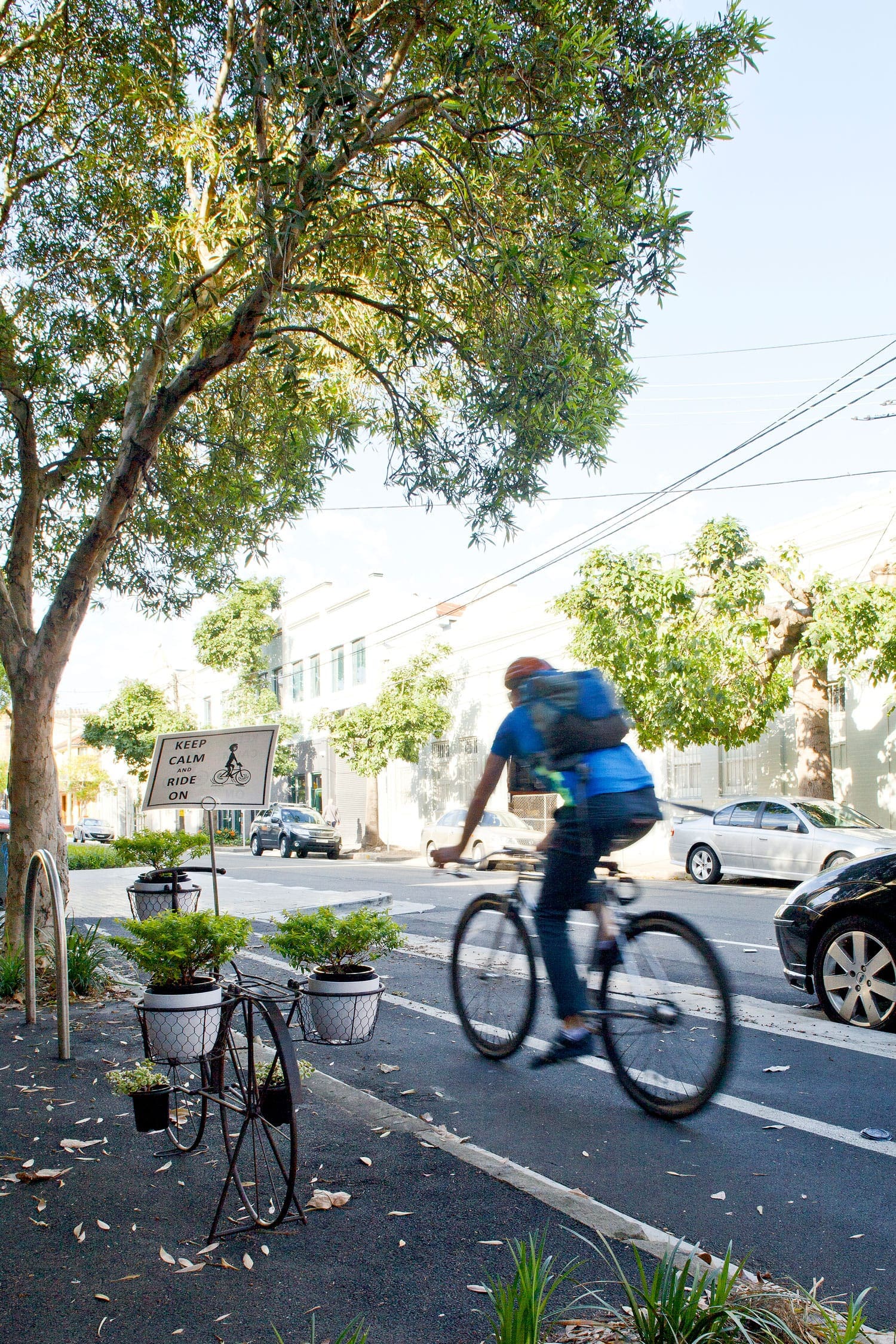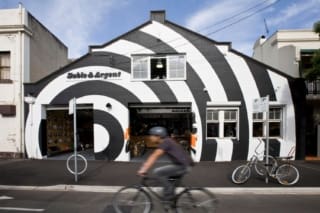Cycling for a Connected City
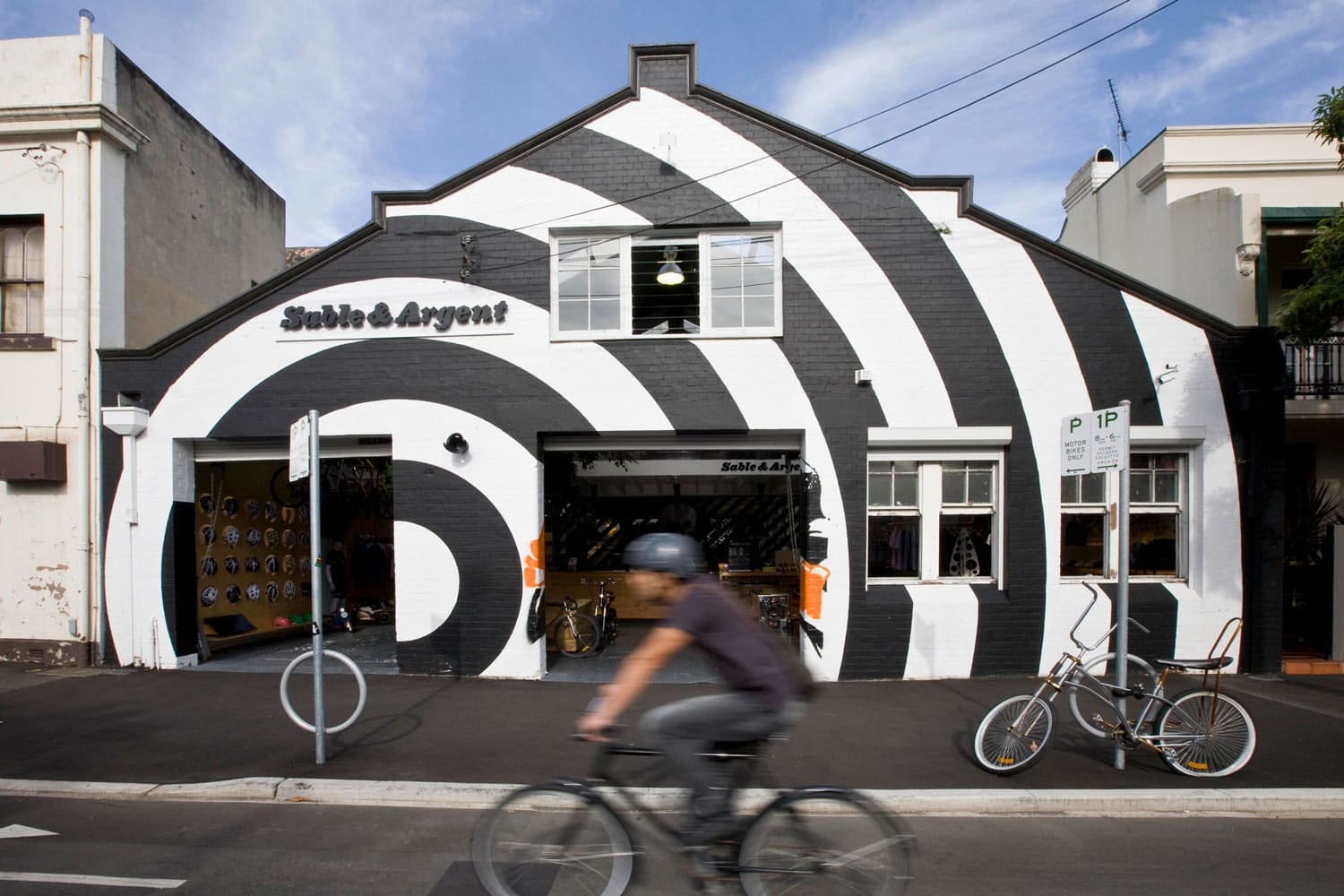
Embracing cycling does more than ease congestion.
A major challenge our cities face is mobilising an increasing urban population. Now more than ever, people are scrutinising their means of mobility, where they go, why, how, and the impact it has on their lives.
Healthy, sustainable and convenient, cycling is more than just beneficial to riders, embracing it as a core mode of transport in the design of urban areas has wide ranging benefits for neighbourhoods and communities alike.
In dense parts of our cities, bike journeys under 5km are usually faster than driving (Australian Bicycle Council and Austroads 2001). Considering that just under half of all car trips in metropolitan areas are less than 3km, there’s an obvious opportunity to encourage more people to adopt cycling.
Plenty of places not serviced by public transport become more accessible when cycling is an option. Over half of people living in the outer suburbs can’t access public transport (Infrastructure Australia 2018).
Not everyone has the same access to mobility, so the more options available, the more accessible a city becomes.
When accessed through cycling, essential facilities such as schools, district recreation facilities, or public transport nodes can serve a more spread-out population without increasing demand on other transport and road infrastructure.
Cycling changes movement patterns in how people get from place to place, between home, work, and play. By adding cycling networks to our cities, we increase permeability, opening up more places for more people. As a result, urban areas become more vibrant, better connected, and enlivened, which is good for a sense of community, generates footfall for local businesses, and contributes to increased real estate value for property owners.
Activating places
Cycling promotes the activation of places at street level. By reducing the anonymity of transport and giving commuters a human face and form on par with pedestrians, cities develop a much more human scale.
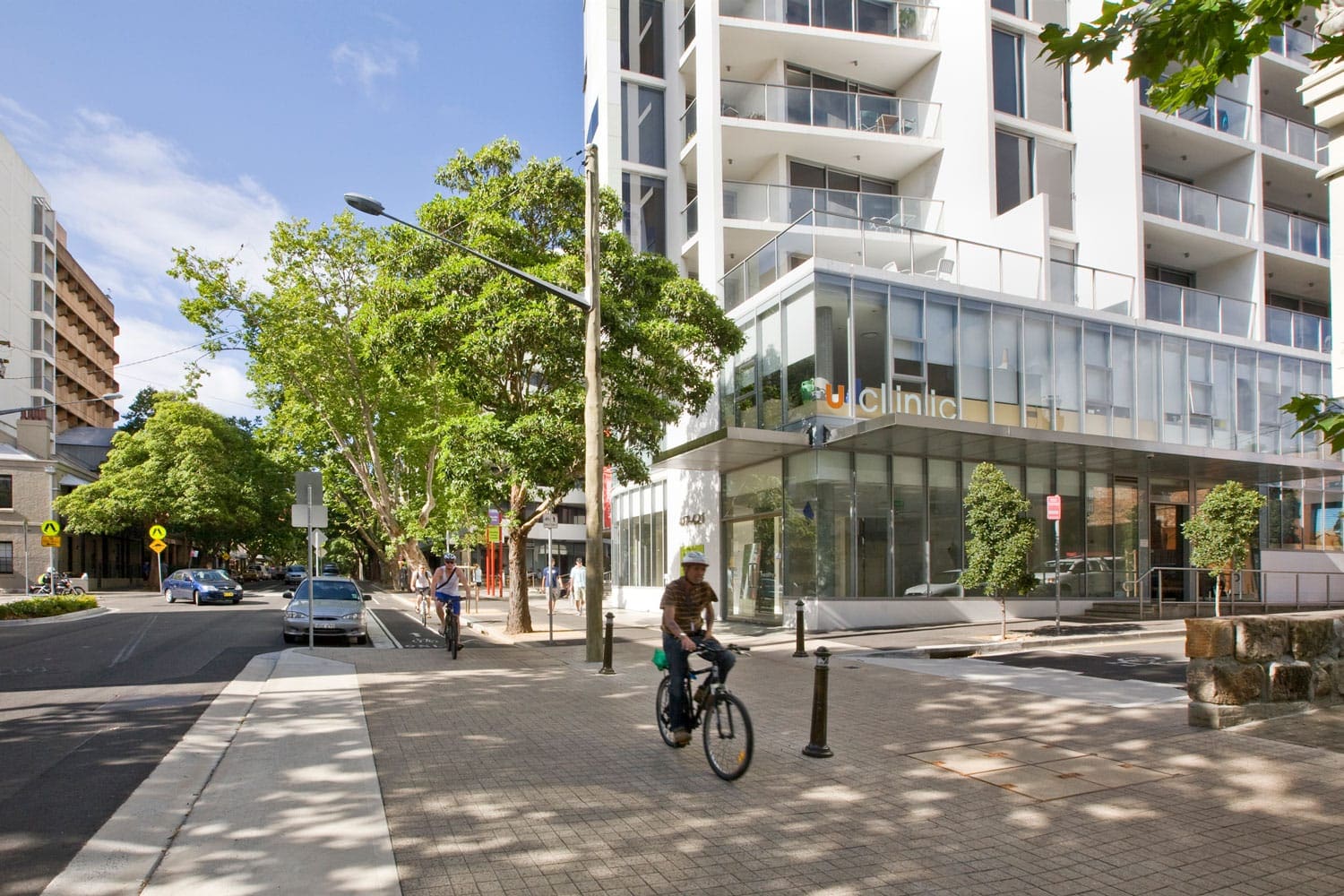
The autonomy of movement and the ability to ‘get a park’ wherever you want is crucial to the flexibility that cycling provides. This encourages diversity and fine-grained urban activation that is not reliant on cars or the larger-scale transport node activity hubs.
When cycle infrastructure works well, cyclists move from fighting for a place in the streetscape to secure access to having the opportunity to embrace public life as part of their journey.
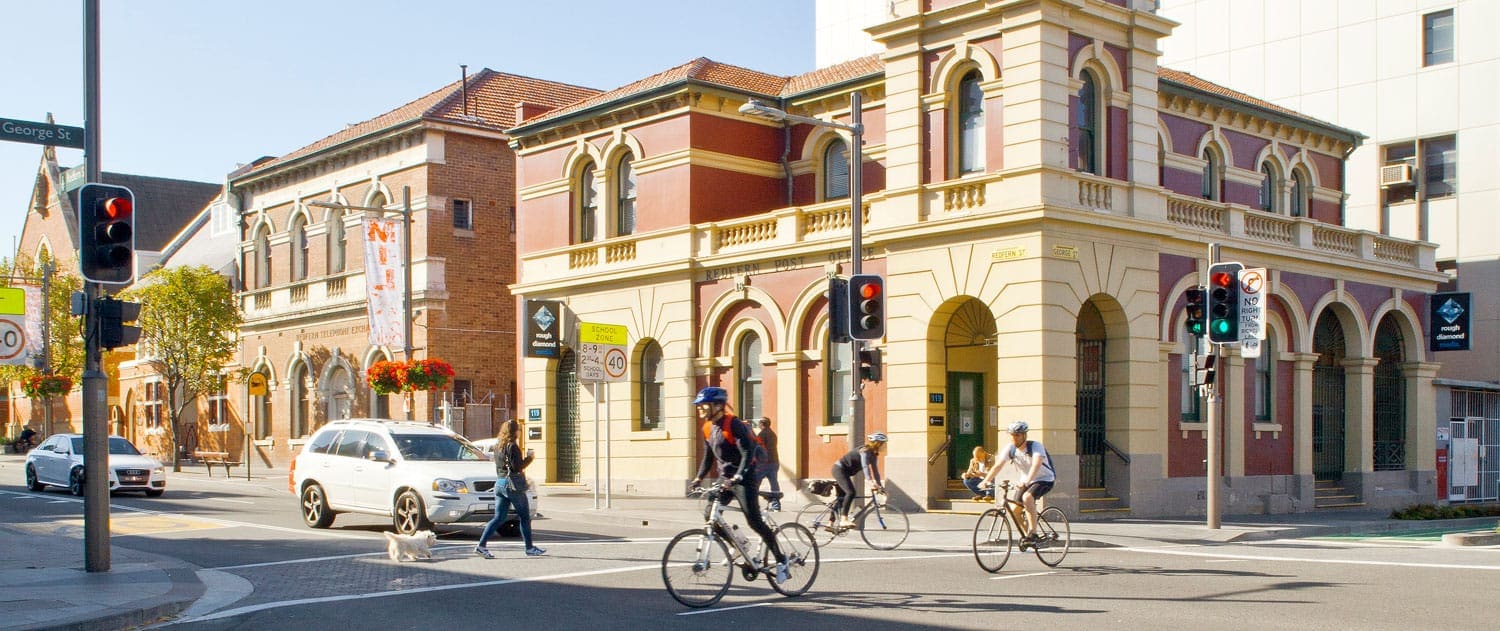
So how do we get there?
“There is no chicken or egg. There is only infrastructure”.
Mikael Colville-Andersen: Bicycle Urbanist.
Delivering an integrated network of cycleways and cycle-friendly streets is key to achieving positive urban outcomes for our cities. The City of Sydney has an established Liveable Green Networks strategy, which links walking and cycling with village centres, major transport hubs, cultural precincts, parks, and open spaces. This lens allows our urban villages and mobility networks to be planned as an integrated system.
